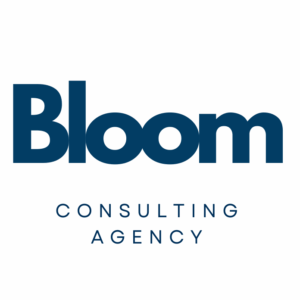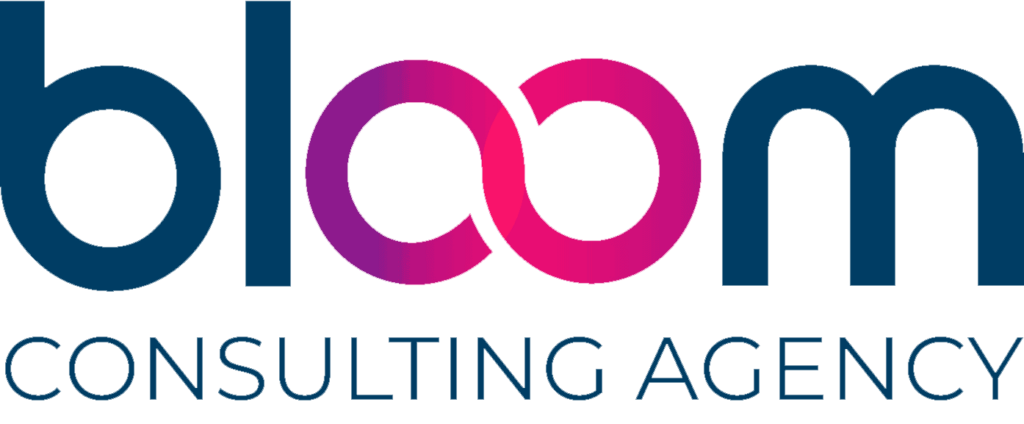The challenge of patient collections has become a formidable hurdle for healthcare providers, amplifying the broader struggle of patients to afford essential medical care. The confluence of rising healthcare costs, shifting reimbursement models, and economic uncertainties has created a perfect storm, leaving both healthcare institutions and patients grappling with financial strains.
As the burden of healthcare expenses increasingly falls on the shoulders of individuals, many find themselves caught in a precarious situation, struggling to meet the demands of medical bills. This dilemma poses a critical question about the sustainability and accessibility of healthcare services, underscoring the urgent need for innovative solutions that address the financial pressures on both healthcare providers and the individuals seeking care. The intersection of affordability and quality healthcare delivery is now a central focus, demanding a thoughtful reevaluation of financial structures and support systems within the healthcare industry.
An Outdated Revenue Cycle
The revenue cycle in healthcare has been significantly hampered by outdated systems that struggle to adapt to the evolving landscape of patient payments. Traditionally, healthcare providers have relied on cumbersome and manual methods for billing and collections, leading to inefficiencies and delays in the revenue cycle. The rise in patient responsibility for healthcare costs, coupled with an array of insurance plans and varying payment structures, has added a layer of intricacy that many outdated systems are ill-equipped to handle. Consequently, providers often face challenges in accurately estimating and collecting patient payments, leading to financial uncertainties and increased administrative burdens. The urgent need for a more streamlined and technologically advanced revenue cycle is evident, as the healthcare industry grapples with the imperative to adapt to modern payment dynamics, enhance transparency, and ensure financial sustainability for both providers and patients. Addressing the outdated revenue cycle process drastically improves the patient billing experience.
Redesign the Patient Billing Experience
Redesigning the patient financial experience requires a comprehensive approach that prioritizes transparency, efficiency, and empathy. One key element involves implementing modern technology solutions to streamline billing processes, from automated appointment reminders to electronic billing and payment platforms. Clear and understandable communication about healthcare costs, insurance coverage, and potential out-of-pocket expenses is crucial, fostering informed decision-making and reducing financial surprises for patients. Furthermore, offering flexible payment options, such as installment plans or financial assistance programs, can help alleviate the burden on individuals facing financial constraints. Empowering patients with tools to estimate costs, verify insurance coverage, and track their healthcare expenses enhances their sense of control and engagement. Collaboration between healthcare providers and payers is essential to establish standardized, interoperable systems that facilitate seamless information exchange and minimize billing errors. Ultimately, a patient-centered financial experience should prioritize accessibility, affordability, and a compassionate approach to ensure that financial considerations do not hinder access to essential healthcare services.
Embrace Price Transparency
Embracing price transparency in healthcare represents a pivotal shift towards fostering trust, empowerment, and informed decision-making within the patient-provider relationship. By providing patients with clear, accessible information about the costs associated with medical services, procedures, and treatments, healthcare institutions enable individuals to make financially sound choices aligned with their preferences and budget constraints. Transparent pricing not only demystifies the often-opaque world of healthcare billing but also cultivates a sense of partnership between patients and providers. This transparency extends beyond initial cost estimates to encompass potential out-of-pocket expenses, insurance coverage details, and available payment options. A commitment to price transparency not only aligns with the broader industry trend towards consumerism but also positions healthcare providers as advocates for patient financial well-being, contributing to a more equitable and patient-centric healthcare system.
Offer Patient Financial Counseling
Healthcare providers offering patient financial counseling is a proactive and compassionate approach towards addressing the financial complexities that individuals often face in the realm of healthcare. Recognizing the increasing burden of out-of-pocket expenses and insurance intricacies, providers can extend a supportive hand by employing financial counselors who guide patients through the intricacies of medical costs, insurance coverage, and available assistance programs. These professionals play a crucial role in empowering patients to make informed financial decisions about their healthcare, offering clarity on billing processes and exploring options for managing expenses. Patient financial counseling not only alleviates the anxiety associated with medical bills but also promotes a collaborative partnership between healthcare providers and patients, fostering a more transparent and patient-centric approach to the financial aspects of healthcare. In doing so, providers contribute to a healthcare experience that prioritizes both medical and financial well-being, ultimately enhancing overall patient satisfaction and trust in the healthcare system.
Provide Patient-Friendly Payment Plans
Recognizing the increasing prevalence of high-deductible health plans and the rising burden of out-of-pocket expenses, healthcare providers play a pivotal role in mitigating financial stress for their patients. Patient-friendly payment plans offer flexibility, allowing individuals to spread healthcare costs over manageable periods, reducing the risk of financial strain or delayed treatment. This approach enhances accessibility to essential medical services, fostering a more inclusive healthcare system. By tailoring payment plans to individual financial circumstances and engaging in open communication about available options, providers demonstrate a commitment to patient well-being, building trust and reinforcing the patient-provider partnership.
Consider Outsourcing
Outsourcing patient financial processes in healthcare has become an increasingly valuable strategy for providers seeking efficiency, accuracy, and enhanced focus on patient care. By entrusting tasks such as billing, claims processing, and revenue cycle management to specialized external firms, healthcare providers can tap into the expertise of professionals well-versed in the complexities of financial workflows. Outsourcing allows for the utilization of advanced technologies and streamlined processes, leading to faster and more accurate financial transactions. Moreover, it permits healthcare organizations to allocate resources effectively, redirecting staff energy towards patient-centric activities rather than administrative burdens. The outsourcing model often results in cost savings, as external firms can benefit from economies of scale and specialized knowledge.
Improve Your Patient Billing Experience Today
Our proven expertise in healthcare financial solutions can revolutionize your patient financial processes, offering transparency, efficiency, and unparalleled support. By leveraging cutting-edge technology and industry best practices, Bloom ensures seamless billing, transparent communication, and personalized payment plans, empowering both providers and patients. Together, let’s redefine the patient financial experience. Contact us today!









